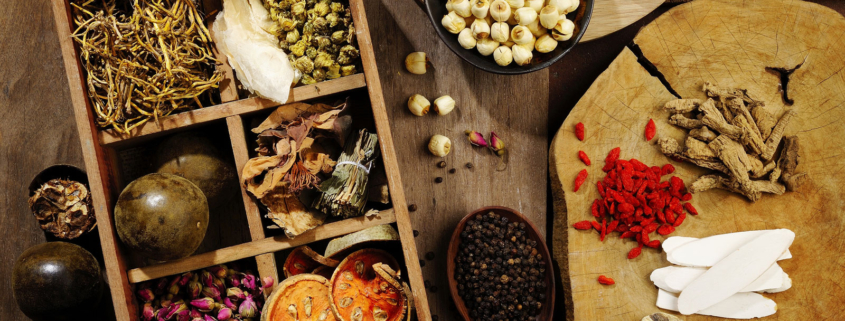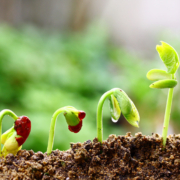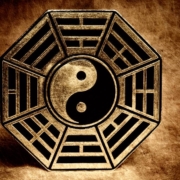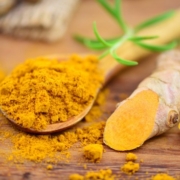Botanical Medicine: Questions Answered…
A Bit of Herbal Medicinal History…
Cultures all over the world have traditionally used herbs and botanical medicinals to maintain health and treat disease. By 200 BC Chinese herbal medicine was firmly established in their culture, and by the first century AD, a listing of medicinal herbs and formulas along with their uses had been developed. During the Ming Dynasty (1152-1578) the classic Chinese book on herbology was compiled by Li Shi-Zhen which listed nearly 2,000 herbal medicinals. By 1990, the latest edition of “The Pharmacopoeia of the People’s Republic of China” listed more than 200 single herbs and nearly 300 multi-herb formulas. Today in China, herbs are often used instead of Western medications, or in conjunction with them to increase efficacy and reduce side effects.
What conditions can Herbs be used for?
Herbal Medicine is a complex medical system with a wide range of function and application. Uses can range from chronic conditions such as Arthritis, Insomnia, Asthma, Chronic Fatigue, Migraines, and PMS to more acute conditions such as the Common Cold, Flu, or used topically for Burns and Traumatic Injuries. The properties of the herbs (temperature, taste, active compounds) is what determines its therapeutic effect. For example, herbs used for treating colds and flus will have antiviral, antibacterial, and antifebrile properties while also inducing sweating to push the pathogen out of the body. Sedative herbs will have a calming effect to help with anxiety and insomnia while not reducing mental clarity. Herbs chosen for patients with Asthma and chronic coughs will work by dissolving phlegm and dilating the bronchioles to open up the airways. Specific herbal formulas are custom blended or chosen based on the individual patient’s condition, constitution, and current use of other medications.
How are Herbs administered?
Botanical medicine makes use of the entire plant including seeds, roots, bark, stems, and flowers. There are a number of different ways that they can be administered. The method chosen is based on both the patient preference and the form of extraction that makes the formula the most therapeutically active. The most common forms include:
-
- Decoction: herbs double boiled in water, strained, and drank in divided doses
- Tincture: liquid alcohol extract
- Pills: herbal extracts pressed into pill form
- Powders: ground up herbs or powdered extracts to be placed in warm water
- Topical Linaments/Salves: oils and cremes to be used topically
Are there any potential dangers?
Many people have turned to Botanical Medicine because of the greatly reduced risk of side effects as compared to pharmaceutical drugs. That being said, any substance that has an altering effect on the physiology of your body has potential for adverse effects. This is why it is very important for patients to seek guidance from a professional clinical herbalist before administering any herbal remedy. Even though many herbs can be bought over the counter at your local health food store does not mean that “self-prescribing” is a good idea. For example, several patients have come to me complaining about a cold that just wont go away even though they have been taking high doses of Echinecea because they heard it is good for their immunity. While Echinecea has been proven to boost your immune system, clinically it is best when taken prior to the onset of a cold and not during acute symptoms. As my Chinese Herbal teacher stated, “it traps the robber inside”, meaning the pathogen will linger longer. Another reason to seek professional guidance is because of herb-drug interactions. As a California Board trained Herbalist, we are required to take specific courses regarding the interactions of herbs with drugs in order to provide the safest treatment possible.
For more information about drug-herb side effects, the manufacturing of Chinese herbal products and the safety of specific Chinese herbs go to:
http://www.itmonline.org/safety.htm
